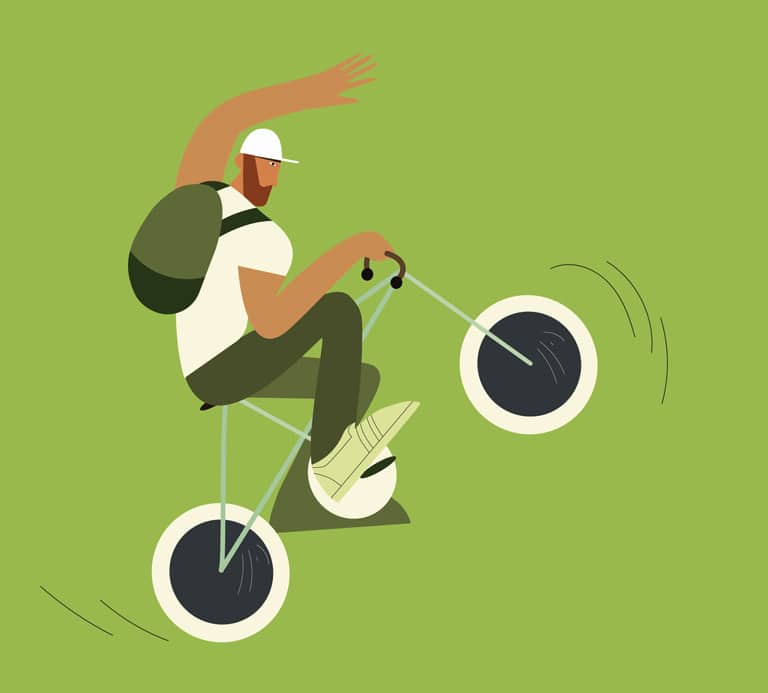TEXT CRISTINA AGUD (Clinical psychologist and psychotherapist at Teladoc) | IMAGES ISTOCK
What are endorphins?
Endorphins are chemicals produced by our brain (specifically the hypothalamus and pituitary gland) responsible for stimulating neural circuits in our nervous system related to pleasure. Technically they are opiate-type polypeptides that act as neurotransmitters; that is, pharmacologically, they are a sort of natural internal morphine that act like a “drug” without causing addiction or side effects.
Some forms of exercise that trigger the release of endorphins include: running, HIIT (high intensity interval training), Zumba, swimming, cycling (indoor and outdoor), climbing (and other risky sports such as canyoning, downhill, etc.), “jumping,” body combat, etc. But keep in mind that other disciplines such as yoga or Pilates can also boost endorphins.
Primary functions
Endorphins are related to well-being for two reasons:
- They generate pleasure.
- They eliminate pain.
As for their main functions, they:
- Generate a sense of well-being and reduce stress and anxiety.
- Have an analgesic effect: they mitigate both physical and emotional pain.
- Reinforce the immune system and lower blood pressure.
- Increase libido.
- Regulate appetite.
- Improve our memory and attention span.
- Delay aging.

Endorphins are chemicals produced by our brain responsible for stimulating neural circuits in our nervous system related to pleasure
Pharmacologically, they are a sort of internal natural morphine, that act like a “drug” but without causing addiction or side effects
What happens during exercise?
Exercise is a sort of non-pharmacological therapy, indicated for people of any age and physical condition, that helps improve different aspects of health: physical, emotional, cognitive, and social. Endorphins play a key role in this. However, not all kinds of exercise release the same amount of this substance. How can we optimize our workouts for the best psychological benefits?
First of all, we need to understand that pleasure is not just about achievements or breaking our own records. For exercise to help us generate endorphins, we must adjust it to our fitness level and gradually increase our intensity or duration. If we start at a level that’s too high for us, it can have the opposite effect. Not only will it not generate pleasure, but we’ll end up feeling frustrated or throwing in the towel. On the other hand, chronic strain caused by overtraining also decreases the release of endorphins. That’s why doing the right level of exercise is important.
What about afterwards?
There’s also another way to generate endorphins that doesn’t happen during physical activity, but afterwards: while recovering after exertion. The body releases this substance to reduce symptoms of fatigue, activating the receptors in the brain that relieve the perception of pain. We call this the “reward effect.”
Choosing a form of exercise
There are many forms of exercise. To choose one, the first question we have to ask ourselves is, “which one do I enjoy?” Whether it’s indoors or outdoors, individual or collective, aerobic or anaerobic… If you choose exercise that you like, you’re more likely to stick to your routine and stay motivated.
Not all exercise releases the same amount of endorphins. According to research, the levels released are higher for high-intensity exercise, which increases the amount of lactic acid in your blood. So, how can we plan our exercise routines to release maximum endorphins? Endorphins are released when we generate stress in the body, which we can achieve through two factors:
- Intensity.
- Duration.
We can therefore raise our level of endorphins through short bursts of high-intensity exercise or through long-duration, moderate-intensity exercise. Exercising at high altitudes also generates more endorphins.



